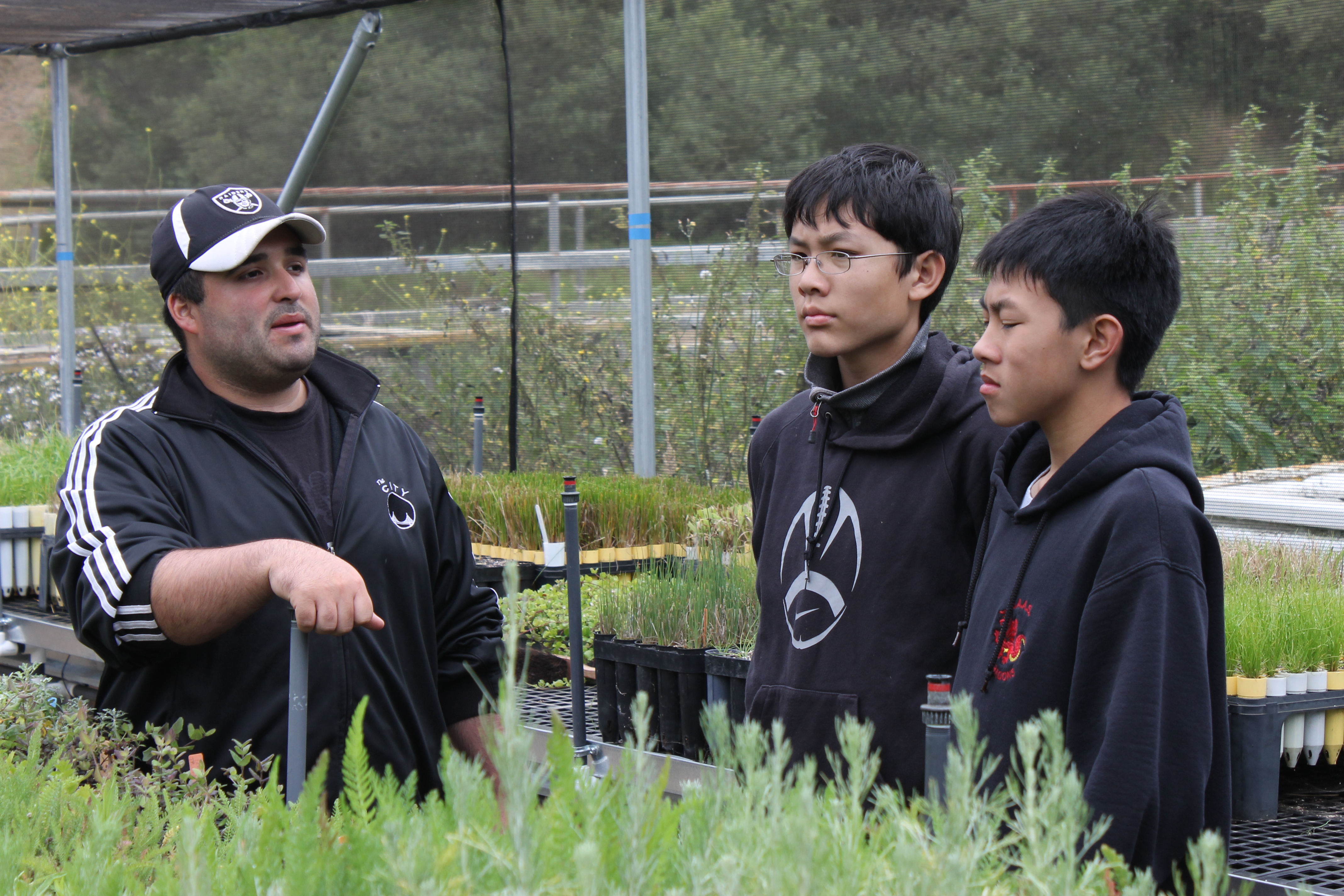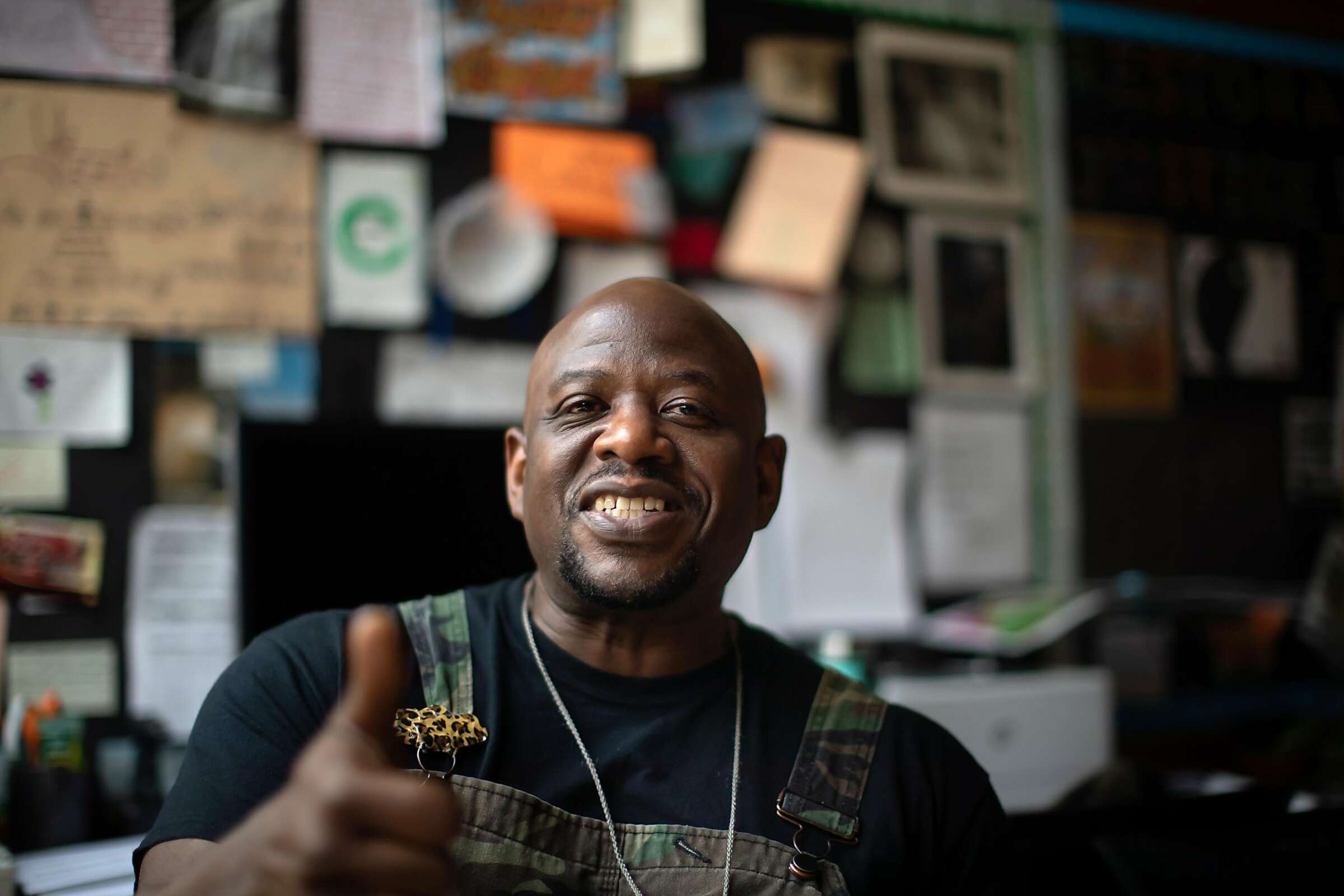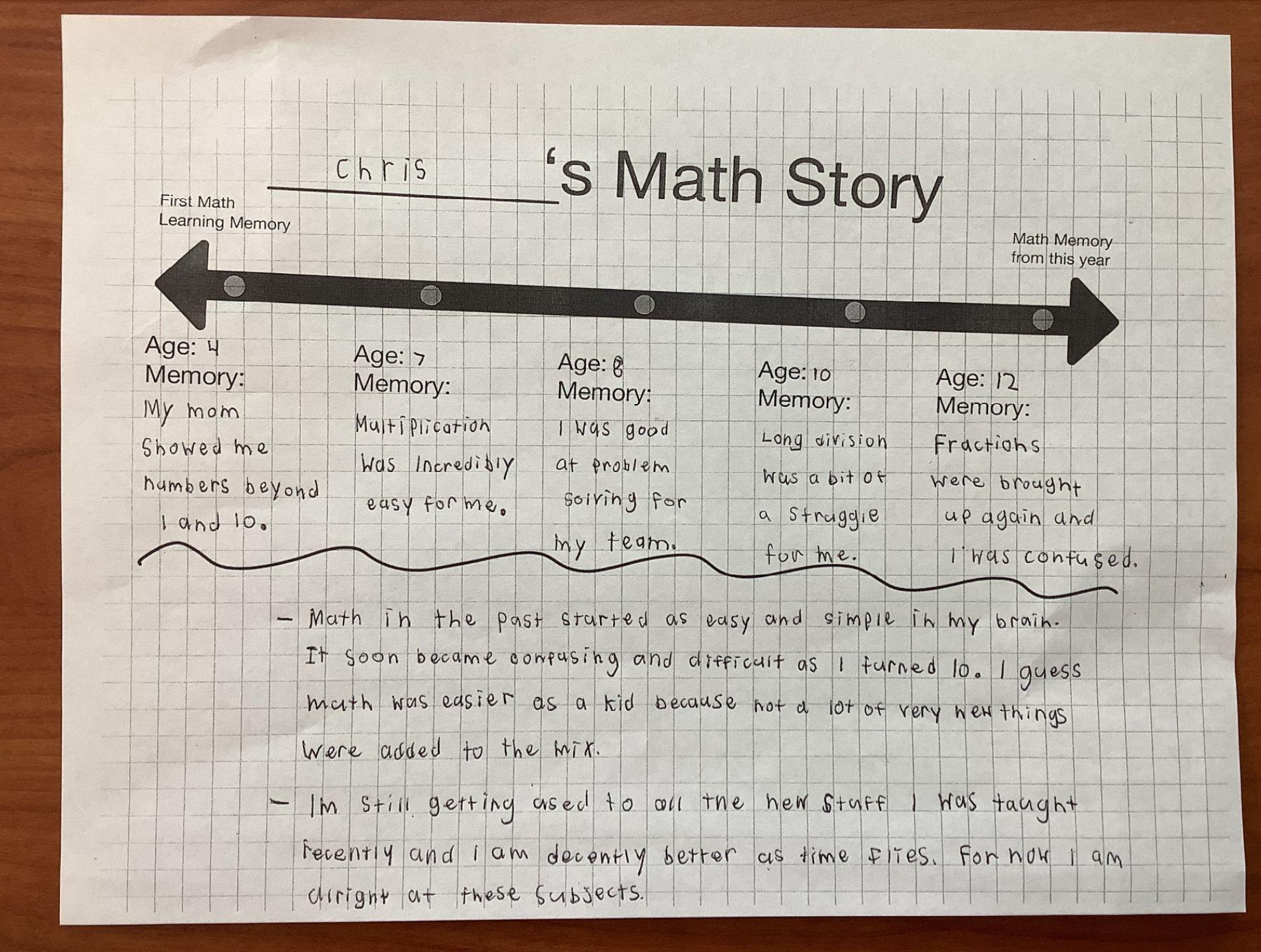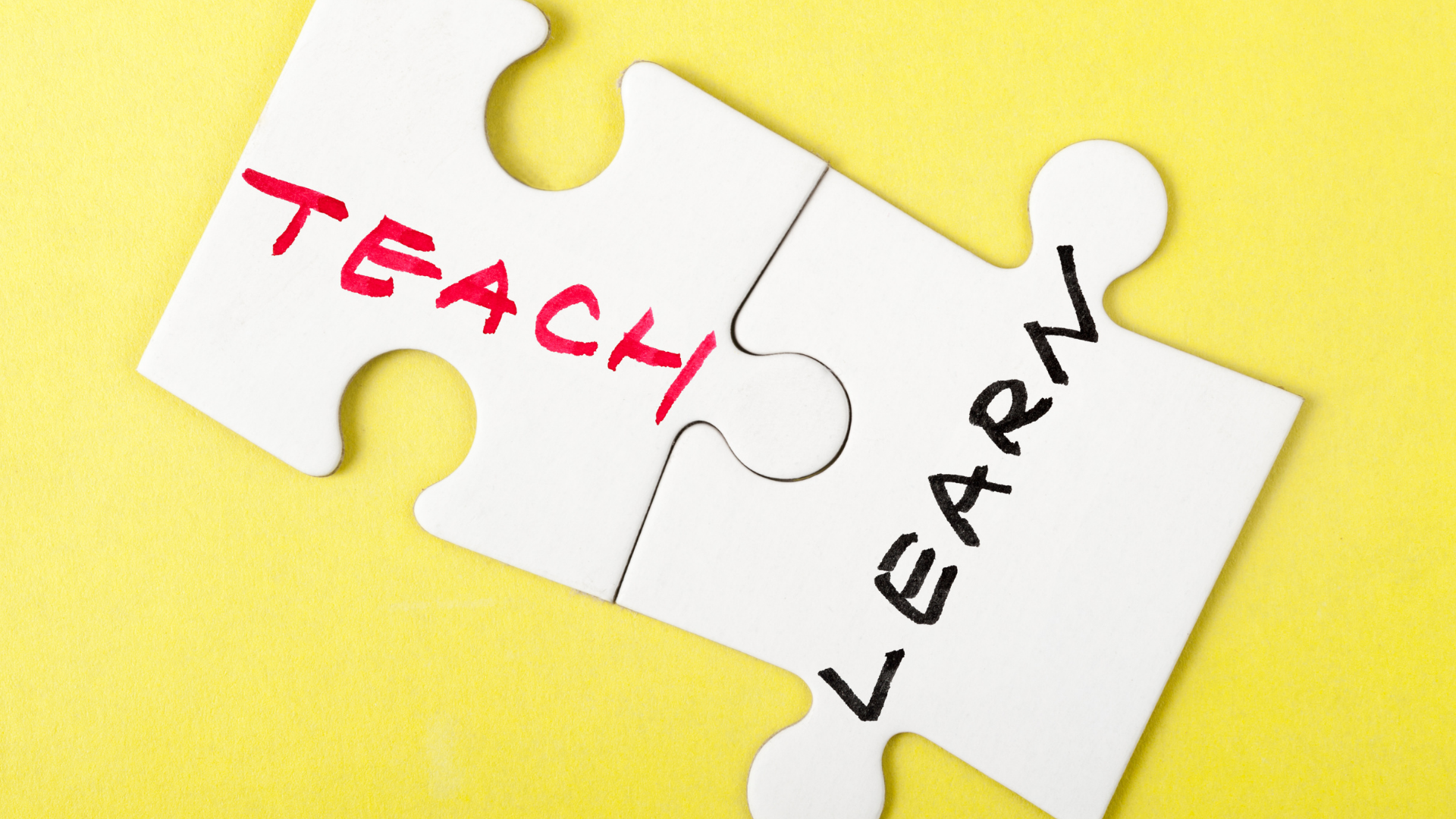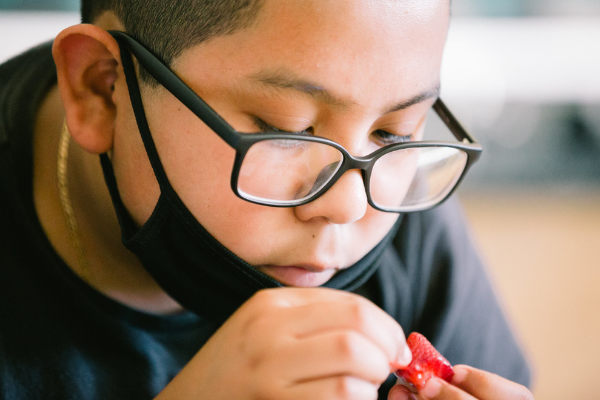
In the 20 years since then, the AHEH program has stayed true to its three pillars: environmental stewardship, habitat restoration, and personal responsibility. “In this program, the kids are partners,” recounts Lautze (the founding AHEH Program Manager). “They have a stake in taking care of the environment and making it more their own.”
Students spend time completing active restoration projects such as clearing areas of invasive weeds and replanting native species. All the while, they learn about the value of taking responsibility for and ownership of their environment. “Stewardship is taking care of something that isn’t necessarily owned by you,” explains Marcus Espinosa, current AHEH Program Manager. “We often use the example of family heirlooms: yes, they’re yours right now, but they’re meant to be passed on to someone else.”

